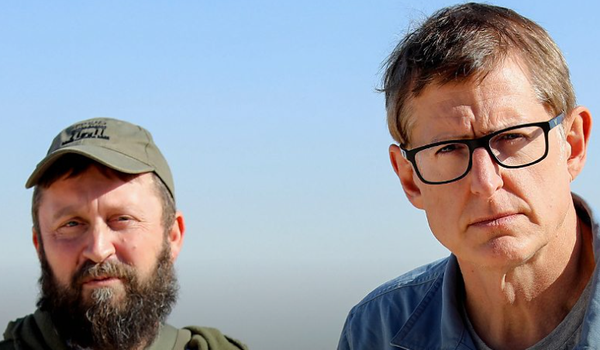United in the Fire: Euston Firefighters on Camaraderie, Diversity, Wellbeing, and Daily Realities
What kind of person becomes a firefighter, and what challenges do they face beyond the flames?
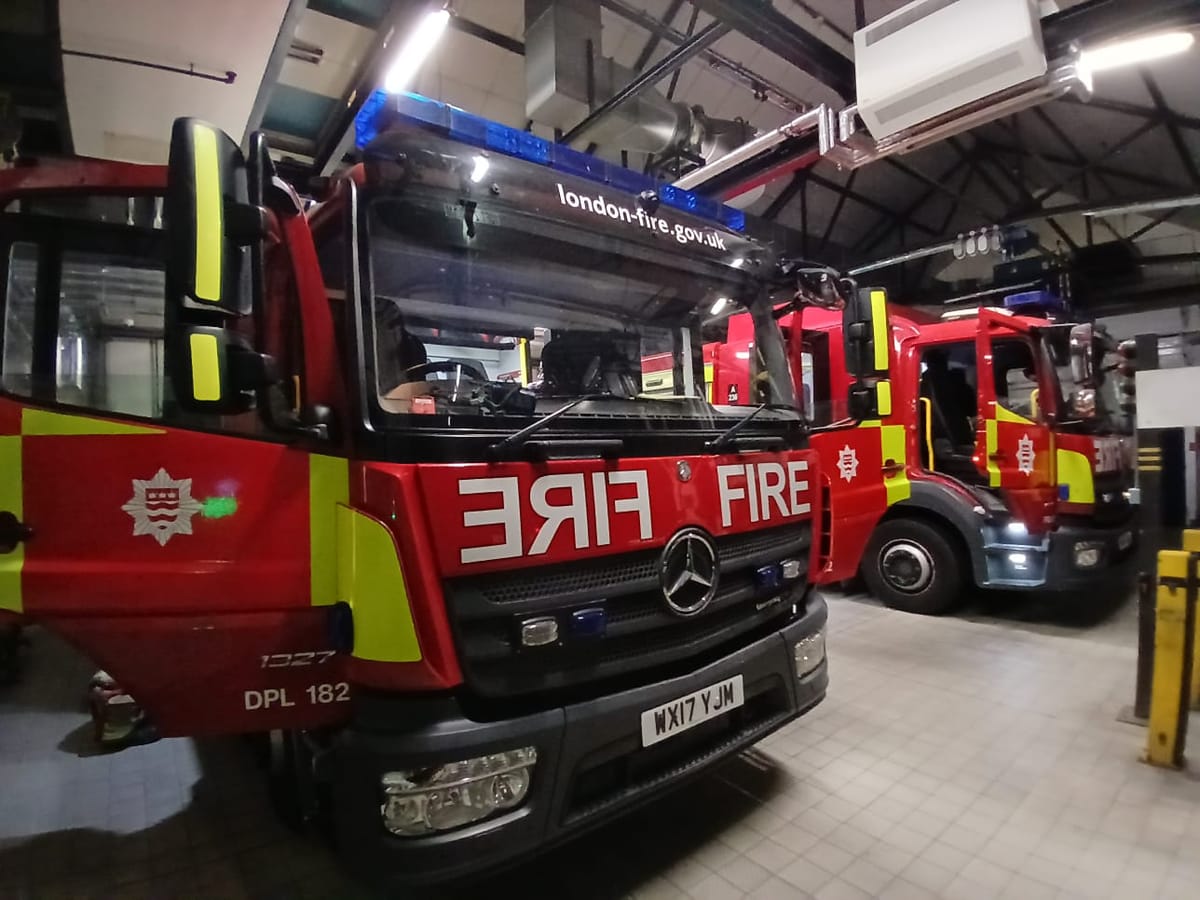
Tuesday 29th April 2025
On Tuesday evening, I walked past Euston Fire Station. The fire engines were parked outside and several firefighters were moving around the truck bay.
I couldn’t help but wonder: What kind of person becomes a firefighter, and what challenges do they face beyond the flames?
Asked if they’d be open to a quick interview, the firefighters welcomed me in without hesitation. In the watch room (where all emergency calls are received), I was introduced to the firefighters Dominic, Ricky, Baran, and Tom.
Camaraderie
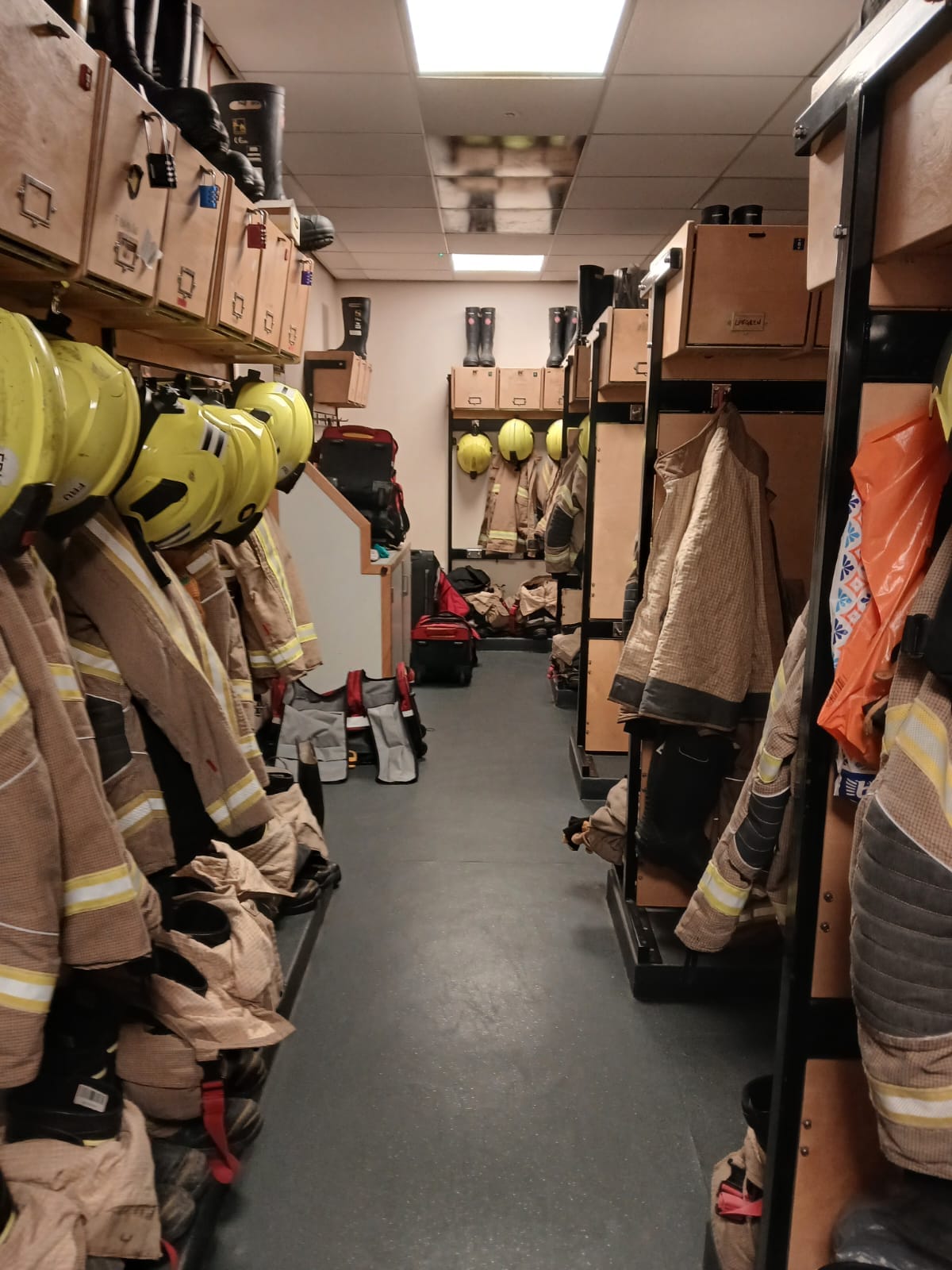
Teamwork is crucial for first responders when working under pressure in potentially dangerous environments. I asked them what they do to strengthen their team.
As Tom put it, “Food is the big thing.”
"The heart of the watch is the kitchen,' Dominic said. “We all sit down around the table together. There’s no rank in the mess.”
The watch (a team of firefighters) shared that everyone pitches in to cook, making it a group effort. On the evening of our chat, Baran was the cook for the night as the mess manager was elsewhere. They all reiterated that mealtimes could get quite boisterous, with plenty of laughs and banter around the table.
During the tour, Tom opened one of the fridges to reveal the salad drawer stuffed with Mars bars and the shelves packed with drink cans to fuel them through their shifts. They explained that the kitchen sometimes had cakes which firefighters brought in.
Ricky pointed out that, although mistakes were quickly forgiven, there was an unspoken rule among the watch:
“Make a mistake, you bake a cake,” Dominic joked.

The team building clearly paid off – there was an undeniable bond among them. Banter flew like bullets across the room, and it could be difficult to tell where one joke ended and another began.
Ricky deadpanned that her pet parrot offered more stimulating conversation than the "toddlers" she worked with.
The room laughed, and Tom chimed in, noting that the job demanded a strong, dark sense of humour – and, presumably, a thick skin for friendly fire.
When asked whether they worked just as well with other emergency services, Dominic said that there is a lot of teasing between them.
“[The police] get upset when we ask them how much sleep they had the night before; [firefighters] get a lot of flak for supposedly 'sleeping on nightshifts'," he added with a grin.
He then offered a more grounded view. “We work quite well together. At major incidents, the senior officers will have multi-agency meetings every hour to discuss strategy, but generally, when you turn up at a job, everyone seems to know what they are doing."
Multi-agency meetings refer to coordinated discussions between emergency services, such as the police, the ambulance, and fire rescue services, held during major incidents. [2]
Tom reiterated the seamless teamwork between the services. “At emergencies like roadside collisions,” he said, “working together feels natural." He described that in a situation like a cardiac arrest, “a firefighter and a police officer might take turns doing chest compressions while the paramedics prep their equipment.”
At certain incidents, emergency response teams sometimes employ dogs for their superior sense of smell. [3]
Dogs have approximately 40x the number of olfactory (smell) receptors as humans, enabling them to identify substances and find people quickly. [3]
When asked whether there were any animal firefighters, Tom pulled out his phone and showed me a picture of the two fire and rescue dogs, Simba (see below) and Smokey.
These dogs are trained to "sniff out ignitable substances" faster than humans and current technologies, aiding in the determination of whether fires are caused by arson or by other means. [4]
Tom fondly pointed out the dog's shoes, which protect its feet from burns. Baran explained that specialised handlers bring in the dogs for "complicated incidents where powerful noses are needed".

Diversity
When asked what characteristics make a good firefighter, Dominic was quick to point out the value of diversity.
“A range of people on a watch brings a range of fresh perspectives,” he said. “We’ve got people with degrees in politics, economics – bachelor’s, master's. We have a range of belief systems. I’m agnostic. There are two Muslims, a Protestant...and demographically we’re white, black, and everything in between.”
The London Fire Brigade (LFB) states that a diverse workforce helps bring firefighters closer to the community and fosters cooperation. Additionally, diversity offers a wide range of skills and experiences that enhance problem-solving, ultimately contributing to public safety. [5]
Out in the garage, Tom noted that several women also served in the watches and mentioned that there was an all-female fire engine crew based at Chelsea Fire Station. [6]
The LFB's 2023-24 report states that amongst operational (frontline) firefighters, women represent 10.3% and ethnic minority staff 15.3%. Although the report shows that diversity is improving, frontline firefighting continues to face representation challenges. [7]

Dominic stressed that while personality types might differ, certain core traits remain essential: “Teamwork, resilience...there's a basic level of certain characteristics you’ve got to have. People sacrifice a lot for this job: birthdays, time with family, everything from Christmas to Eid.”
Although the station doesn’t have a dedicated prayer room, Baran – a practising Muslim – shared that he’s able to pray throughout the day using Dominic’s locker room as a quiet space.
“A lot of other stations have multi-faith or community rooms,” he added. Almost on cue, Baran’s phone rang out with the call to prayer. The room smiled knowingly.
Wellbeing
Notably, none of the firefighters expressed a specific need to decompress after a shift.
Dominic said simply, “Go home, see the wife, have a shower.” He joked that he also had a goldfish he could speak to if he needed.
Ricky said that she could cuddle her parrot or talk to it after a hard day.
More seriously, Dominic added, “Some firefighters do get PTSD and need help with that.” He added that upstairs there was also a counselling room where firefighters could receive mental health support.
In a 2019 survey commissioned by the UK Fire Brigade's Union, 60% of firefighter respondents had experienced mental health issues. The most commonly reported conditions were depression (39.3%), anxiety (39.1%), and PTSD (18.1%). [8]
A 2019 LFB report noted that 22% of sickness absences were due to mental health. Although the service was previously given an award for excellence in staff wellbeing, it is now "rebranding" its support services to improve staff awareness and engagement. [9]
I asked the firefighters whether the sound of the station's sirens triggered an adrenaline rush and associated stress.
Ricky shrugged. “In the beginning, it did and occasionally, if you’re focused on something, it can make you jump.”
Tom chipped in, “You won’t stay permanently on adrenaline. When you start, at every call you’re like ‘oh wow, what am I going to,’ but after a while it’s not the same buzz.”
Rather, the firefighters all reiterated that when the siren sounds, they simply focus on getting ready.
Daily Realities
When asked about the best part of being a firefighter, Dominic simply replied, “The community.”
He explained that fire stations often serve as hubs where people can turn for help or advice. Unlike the police, who may sometimes be viewed with suspicion, or NHS staff, who often face criticism, firefighters generally seem more approachable and receive more appreciation for the risks they take.
Dominic particularly enjoys the school visits, where children are given the chance to explore the fire engines.
“I remember the very first time I went inside a fire engine, and I loved it…If you can make a memory like that for a child, then you should,” he said.
Tom emphasised that what he enjoys the most is that every day is unique. The night before, another watch had battled a substation fire which had made the news, while that evening they had rescued a young fox.

“A lot of the time, the calls we get are for faulty fire alarms,” he explained. “So, sometimes, you can get a bit complacent.”
He noted that there were rarely injuries in cases like the substation fire, adding that false alarms, road traffic collisions, and animal rescues were more common than people might think.
A 2024 report from the UK government website stated that, "of all incidents attended by [fire rescue services], fires accounted for 23%, fire false alarms 42% and non-fire incidents 35%...".[11]
I followed up by asking about what realities of firefighting can be challenging.
“One of the hardest things for me,” Dominick explained, “is not when you have a death, but when you’re dealing with the family left behind. It’s very sad when you have to deal with members of the public like that…and there’s little training to prepare you for it.”
Tom agreed. “The pandemic was also memorable.” He explained that he and Dominick had both volunteered for the pandemic response with the police, going into the community and handling the deceased.
“They had to be taken care of in a very particular way; you had to put a bag over their head and wrap them up,” Dominic said. “We had to wear hazmat suits. Again, we weren’t in harm’s way as we were provided with the proper PPE.”
During the pandemic, the LFB supported the London Ambulance Service in what was described as "the most significant collaboration effort London has ever seen". Firefighters attended over 110,000 ambulance calls and delivered 20 million pieces of PPE. In recognition, 500 staff received commemorative coins and certificates. [12]

I proceeded to ask if their profession was hard on their families, and the firefighters emphasised that it wasn’t much of a hardship.
Dominic said his wife enjoyed it when he was on a night shift, as she could stretch out on their bed, and Tom added that his girlfriend enjoyed having the flat to herself.
Dominic laughed. “My marriage survived because of my shift pattern."
He went on to explain, “[Firefighting] risks are really mitigated. It’s rare that you’re in harm’s way…occasionally, you do have to take risks. You accept that as part of the job, but it’s not all the time.”
It became clear that accepting the possibility of dangerous situations and making life-saving decisions was simply a way of living, and that the many less hazardous duties the firefighters performed often brought a sense of routine and security.
A Last Look
Ultimately, those who take on this work are not the superhuman heroes we’ve been taught to admire. In truth, they are ordinary people marked by their resilience and remarkable self-sacrifice.
What stands out most is their unwavering calm in the face of chaos, a steadiness shaped by intense training, experience, and commitment to others. Their ability to transition instantly from light-hearted camaraderie to high-stakes action demonstrates their adaptability and a deep sense of teamwork.
A special thanks to the Euston Fire Station for offering a glimpse into their world and for sharing the team spirit and dedication that lie behind the uniform.
References
[1] Taylor, N. (2025, April 29). Interview with Euston firefighters [Interview].
[2] NHS England. (2022). Incident response plan (National) (Version 4.0, Publication reference: PR992_i). NHS England. https://www.england.nhs.uk/wp-content/uploads/2017/07/B0992i-incident-response-plan-national-v4.pdf
[3] Kumar, A. (2022). The role of dogs in search and rescue. In S. Verma & H. T. Prem (Eds.), Management of animals in disasters (pp. 177–188). Springer. https://doi.org/10.1007/978-981-16-9392-2_16
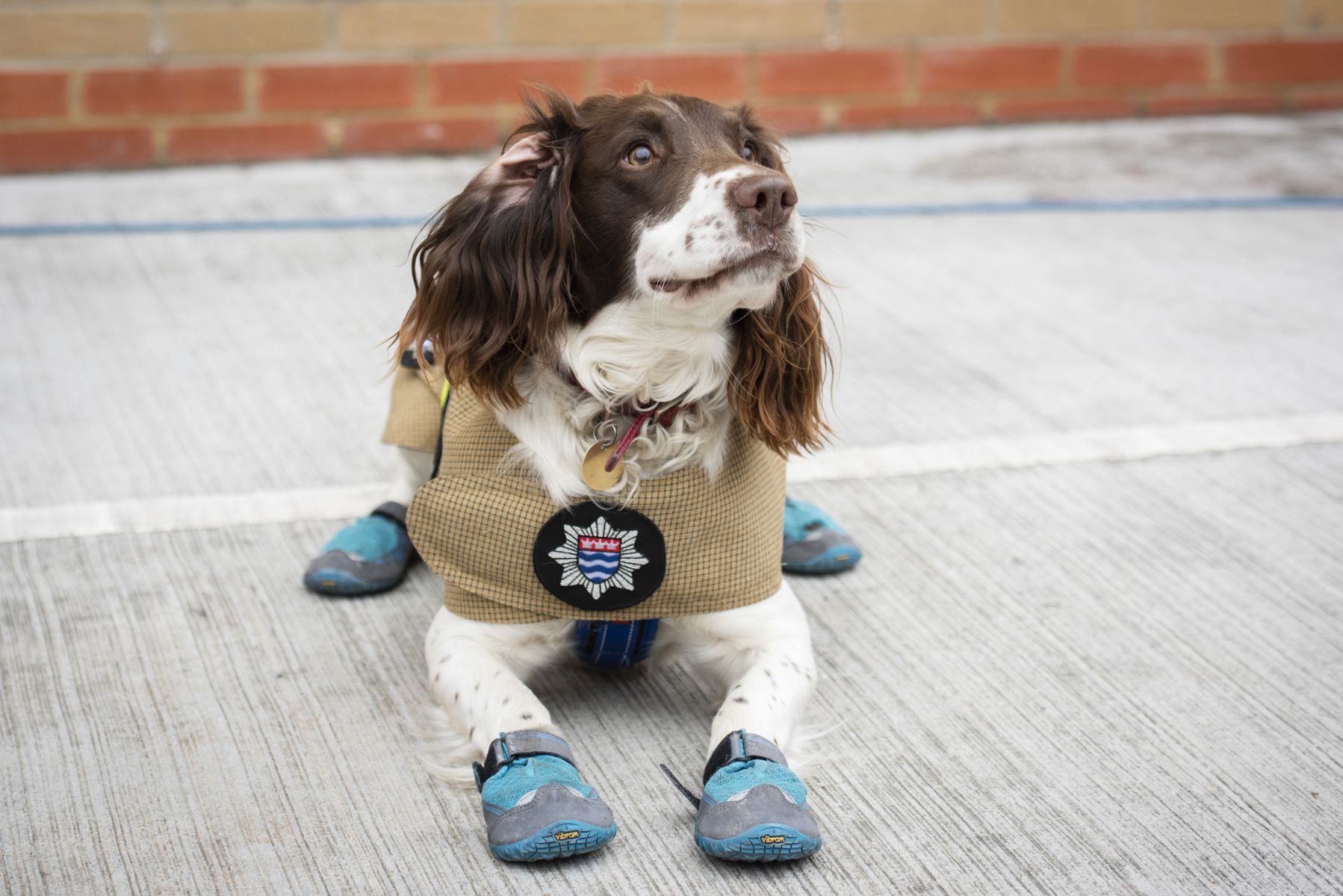
[4]
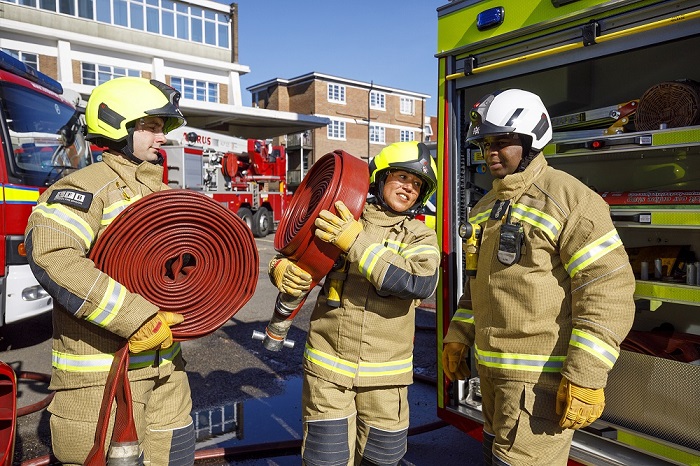
[5]
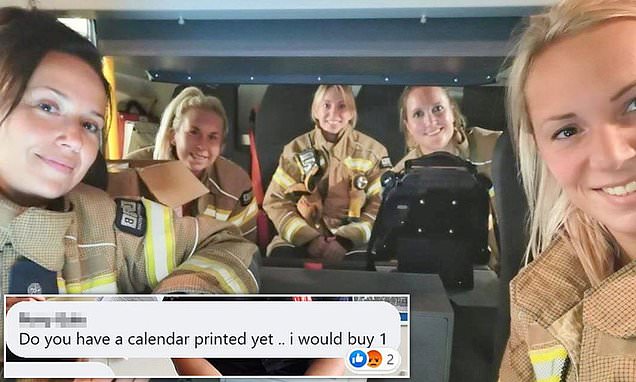
[6]
[7] Tapp, A. (2024). People Services Bi-Annual Performance Report Q3–Q4 2023/24 (LFC-24-055). London Fire Brigade. https://data.london.gov.uk/dataset/hr-statistical-abstract
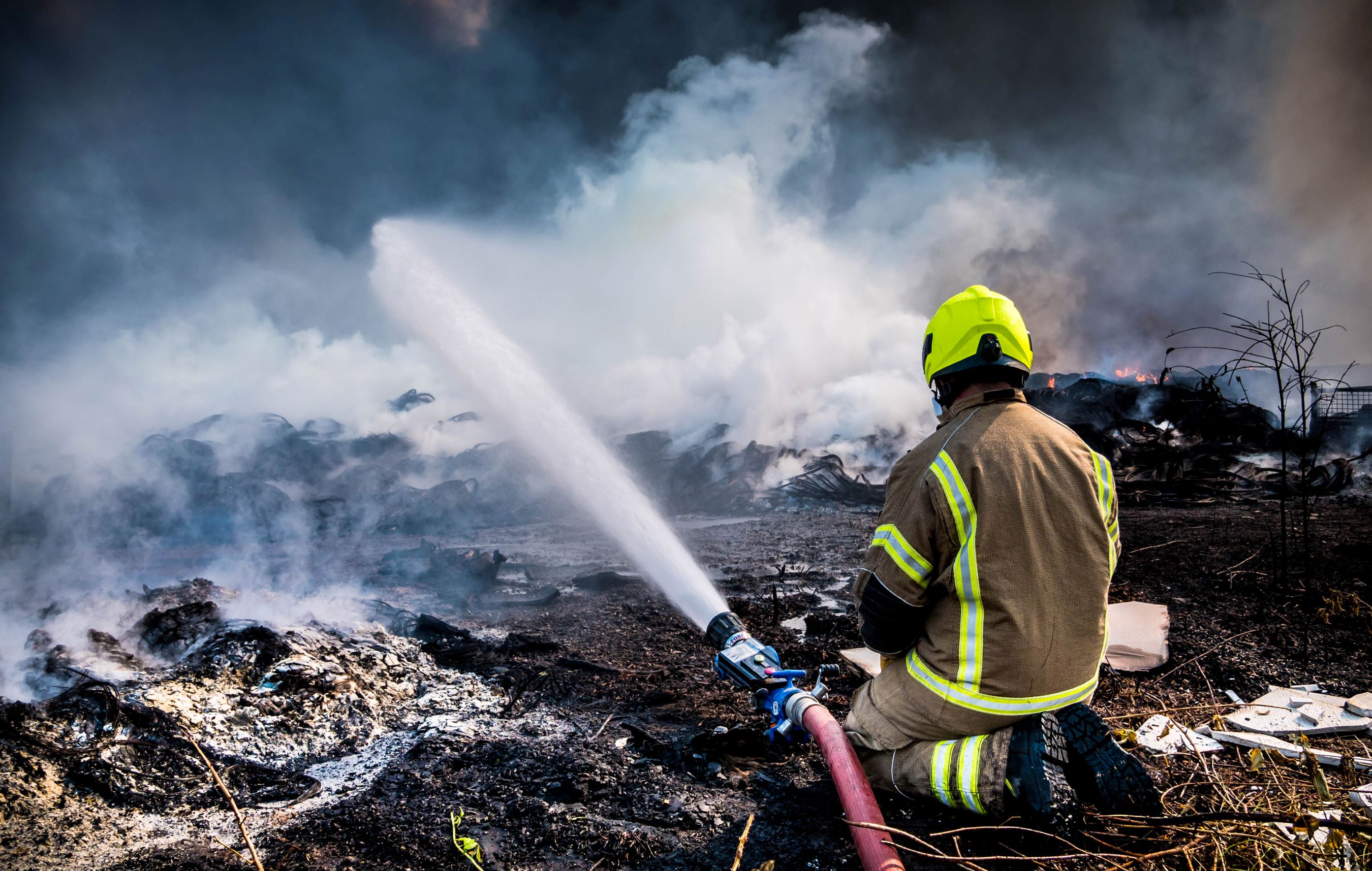
[8]
[9] London Fire Brigade. (2022, August 3). Wellbeing strategy (Report No. LFC-0737). Report by Milo Bodrozic. https://www.london-fire.gov.uk/media/7011/lfc0737wellbeingstrategy-publish.pdf
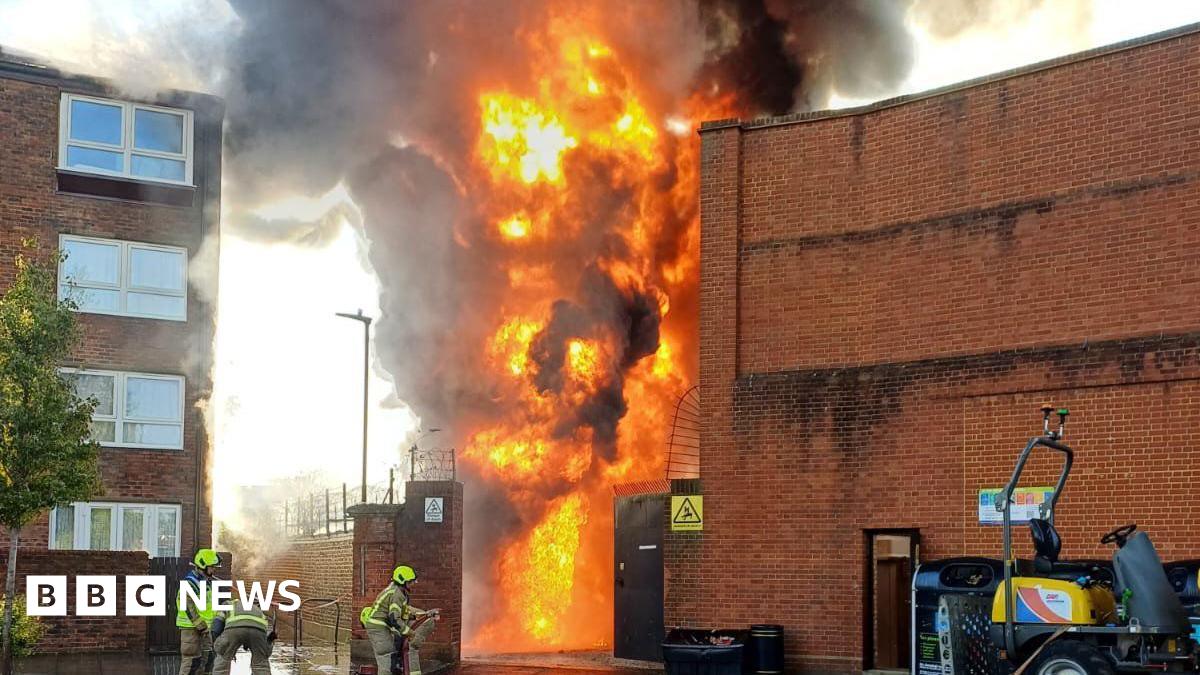
[10]

[11]
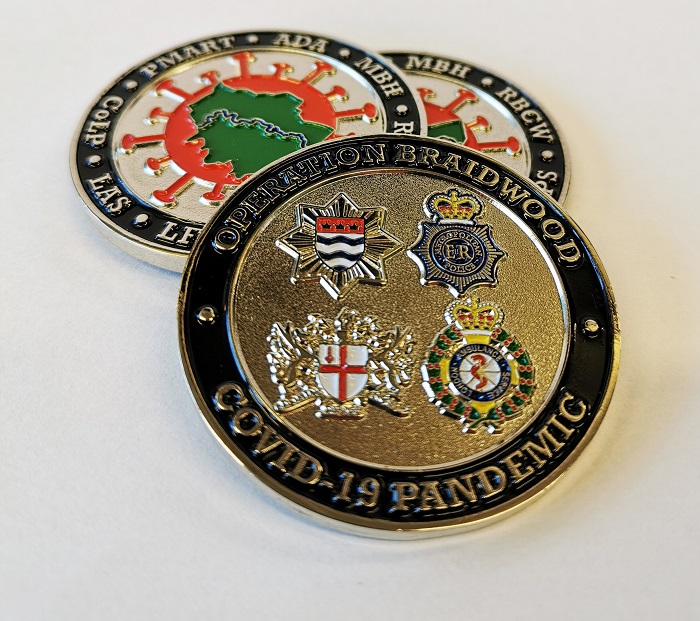
[12]








